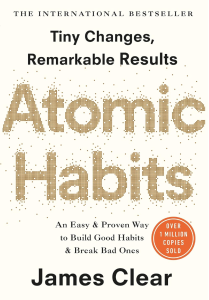Technology is a powerful enabler of customer-led growth, but it’s not a silver bullet. The best results come from combining the right tools with a customer focused strategy and human insight.
How Technology Supports CLG?
➜ Personalisation at scale: Tools like CRM platforms, customer success platforms and customer data platforms enable you to tailor interactions based on individual customer needs and expectations.
➜ Proactive support: AI and predictive analytics can identify at-risk customers, allowing you to intervene early. And provide rapid valuable responses.
➜ Streamlined processes: Automation reduces the time spent on routine tasks, giving your teams more bandwidth to focus on delivering value.
Balancing Tech with the Human Touch
Technology can enhance customer experiences, but it can’t replace the human connection. Striking the right balance ensures customers feel supported and valued, not like just another number.
Investing in technology that aligns with your customer-led growth strategy can help you scale your efforts, deliver consistent value, and drive sustainable growth.





 Building a Winning Customer Success Strategy
Building a Winning Customer Success Strategy 

